A six-month analysis of Salesforce AgentExchange shows rapid marketplace growth, category shifts, and partner-driven momentum — practical insights for admins and developers considering Agentforce components.
When Salesforce launched AgentExchange in March 2025, the platform introduced a new way to distribute agentic components for Agentforce: prompts, actions, topics, and agent templates. Rather than full applications, these modular pieces empower organizations to start small — deploying individual prompts or actions directly into Sales Cloud and Service Cloud — and scale as needs evolve.
Key developments (March–September 2025)
The marketplace moved quickly from experimentation to maturity in six months. Highlights include:
- Rapid growth from 55 listings in March to 122 by early October, representing 121.8% growth in apps and 104% growth in publishers.
- A three-phase evolution: launch and experimentation (March–April), refinement and cleanup (May–July), and acceleration (August–September).
- April was the breakout month, while August showed a temporary cleanup dip followed by a strong September rebound.
Category and publisher trends
Sales listings led category growth, analytics tripled, and productivity stabilized after mid-year fluctuations. Notable publisher activity included Breadwinner, Salesforce Labs, and Bullhorn as top contributors.
- Sales expanded by 29 listings (to 47).
- Analytics grew from 4 to 12 listings — a sign of increasing interest in AI-driven insights.
- Commerce emerged later in the period and is a category to watch.
What this means for Salesforce teams
AgentExchange lowers the barrier to AI automation by offering ready-to-deploy Agentforce components. For admins and developers, this means:
- Faster time-to-value: deploy a single prompt or action without building a full app.
- Incremental adoption: test in pilot projects, then scale selectively.
- Reusability: use agent templates and topics to standardize behavior across orgs.
Best practices
- Start with a high-impact use case (e.g., Sales follow-ups or Case triage).
- Prioritize curated, published components over prototypes to reduce risk.
- Track listings and tag accuracy during marketplace cleanups — changes often reflect retagging rather than departure.
Concluding thoughts: AgentExchange has evolved from experimental to strategic within six months, offering a pragmatic on-ramp to AI for Salesforce customers. Expect steady category growth in Sales and Analytics, and watch Commerce as event-driven demand increases.
This analysis matters because it highlights where teams can safely adopt AI components to save time, improve productivity, and lower implementation risk — actionable guidance for Salesforce admins, developers, and business users ready to accelerate AI-driven automation.


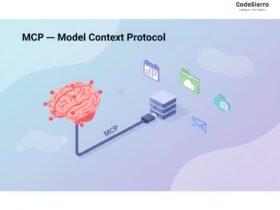
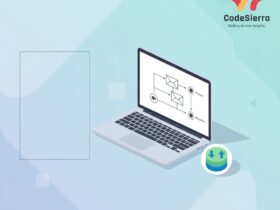
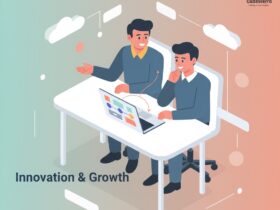
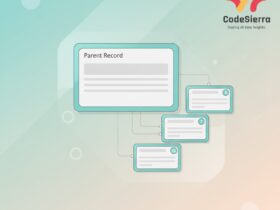


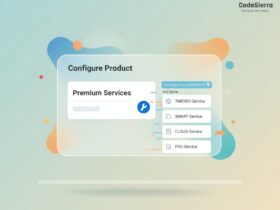

Leave a Reply